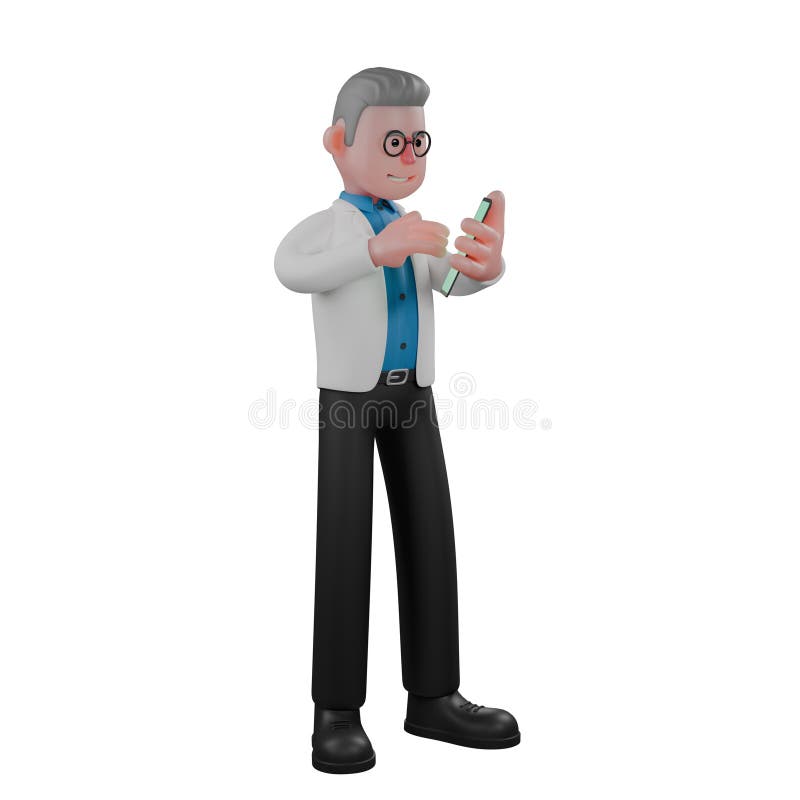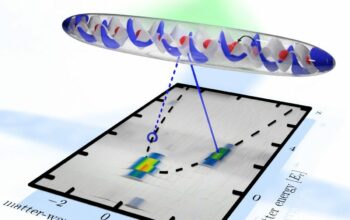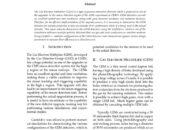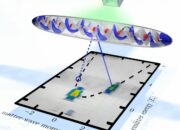In our increasingly digital age, mobile phones have evolved into powerful tools that can enhance productivity and creativity. However, what if we approached our smartphones with the analytical mindset of a physicist? How can we optimize the functionality of our devices in a manner that mirrors the scientific rigor typically reserved for the laboratory? This inquiry invites both a playful exploration and a formidable challenge: How can one harness the principles of physics to elevate the mundane usage of a smartphone into a paradigm of efficiency and innovation?
At the intersection of technology and science lies an opportunity to apply fundamental principles of physics to everyday devices. By adopting a physicist’s perspective, one can glean insights into the operational mechanics of a phone, transforming routine interactions into profound engagements. This article delineates several strategies that amalgamate both theoretical and practical approaches to maximizing smartphone efficiency.
1. Embrace the Scientific Method
The scientific method serves as the cornerstone of empirical research—a systematic pursuit of knowledge. When faced with smartphone functionality challenges, why not employ this method? Begin with observation: What aspect of your phone’s performance frustrates you? Is it the battery life, slow processing speed, or perhaps application responsiveness? Formulate a hypothesis regarding the issue and test it methodically. For instance, if battery life is a concern, experiment with varying background app refresh settings to ascertain their impact on longevity. Documenting these observations can lead to a deeper understanding of your device’s operational dynamics.
2. Understand the Physics of Power Management
Power management is a foundational concept in both physics and smartphone technology. The principle of energy conservation posits that energy cannot be created or destroyed but can only be transformed from one form to another. This is particularly relevant when considering battery efficiency. Smartphones often employ various power-saving modes, which can be likened to state transitions in thermodynamics. By analyzing how different settings—such as screen brightness and app activity—affect energy consumption, users can make informed decisions to extend their phone’s battery lifespan.
3. Optimize Connectivity through Wave Theory
The utilization of various communication protocols—be it Wi-Fi, Bluetooth, or cellular data—invokes principles of wave theory. Understanding the nature of electromagnetic waves can inform better connectivity practices. For instance, a physicist might analyze the frequency and wavelength of signals to minimize interference and enhance connection quality. By strategically positioning the phone relative to routers or other devices, users can improve signal strength and reduce latency in communication, analogous to optimizing wave propagation in a controlled environment.
4. Analyze User Interface Dynamics
The user interface of a smartphone is an intricate system based on graphical representation and user interactions. Considering human-computer interaction through the lens of statistical mechanics, one might argue that minimizing entropy—disorder—in user navigation can lead to a more streamlined experience. Evaluating the layout and accessibility of applications can yield insights into how to reduce friction in usability. Organizing applications into folders according to frequency of use mirrors categorizing particles in a system, which promotes more efficient retrieval of information.
5. Incorporate Data Analysis Techniques
Modern smartphones are equipped with an abundance of data collection capabilities. By utilizing data analysis techniques, akin to those employed in scientific research, one can gain valuable insights into personal usage patterns. For example, leveraging analytics tools can reveal peak application usage times, allowing for the identification of trends over time. Armed with this information, users can alter their habits, effectively maximizing productivity and minimizing distractions—a principal goal in many scientific investigations.
6. Harness the Power of External Accessories
The addition of external accessories can significantly enhance a device’s capabilities. By approaching these tools with the physicist’s perspective of extending system functionality, users can explore how accessories such as portable chargers, lenses for photography, or enhanced audio equipment can broaden the device’s usability spectrum. Understanding the interplay between the smartphone and external accessories demands a consideration of how different components can interact, akin to examining subatomic interactions in particle physics. This holistic approach allows users to maximize the utility of their smartphones.
7. Engage in Continuous Learning and Adaptation
In physics, the pursuit of knowledge is an everlasting journey, characterized by adaptation and recalibration based on new information. Smartphones receive regular updates and innovations, presenting a continuous learning curve for users. Staying updated with the latest advancements not only fosters a deeper understanding of the device but also ensures one can effectively utilize its evolving features. Engaging in online forums, tutorials, and educational resources can facilitate this ongoing process of adaptation, much like remaining attuned to emerging theories in the scientific community.
In summary, by adopting a physicist’s methodology to engage with mobile technology, one can dramatically enhance their smartphone experience. An analytical approach rooted in the principles of physics allows for informed decision-making, optimized performance, and a profound appreciation of the complex technology at our fingertips. The marriage of science and smart technology presents a unique opportunity—a challenge worth pursuing in our quest for efficiency and innovation in a digitized world. As you embark on this endeavor, consider how even the most trivial interactions can be transformed into explorations of possibility. The potential to revolutionize your smartphone experience is, quite literally, a touch away.










